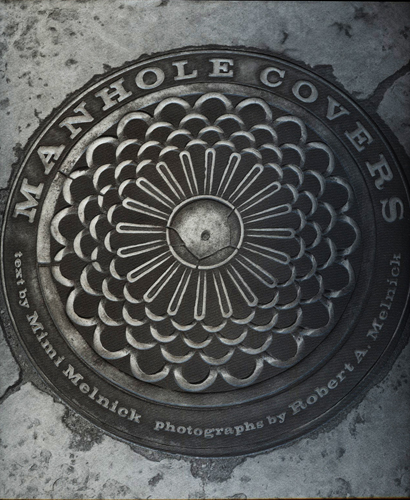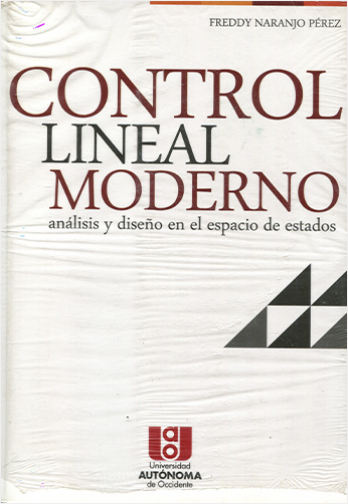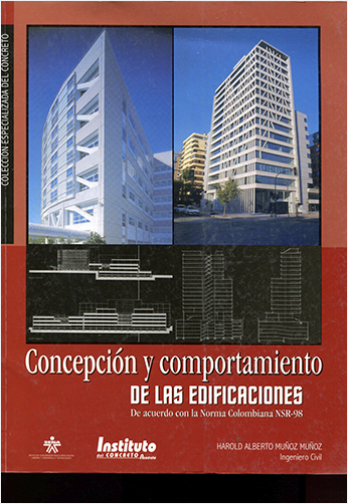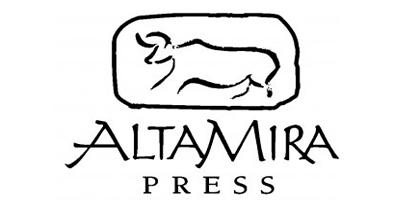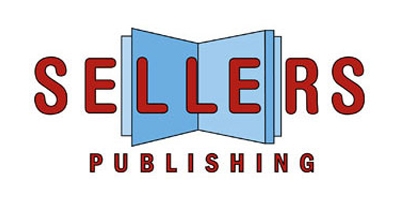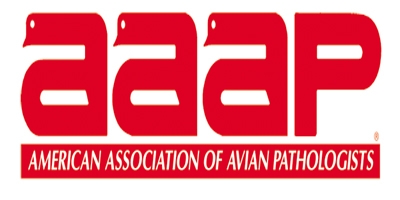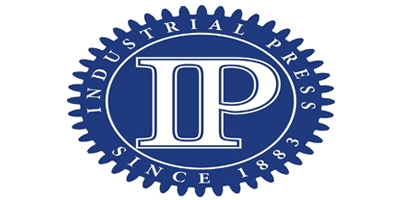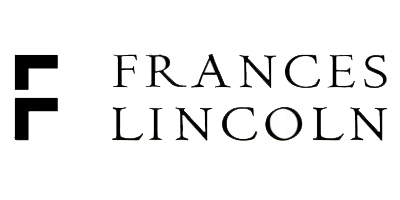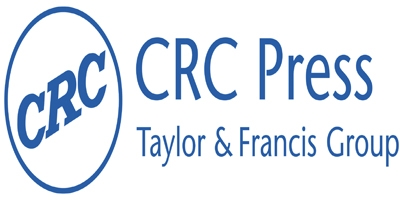Disponibilidad:
Notas:
Editorial: Mit Press
- Item #: 866
- Edición:
- Isbn : 9780262133029
- Año: 1994
- Páginas: 274
- Pasta : dura
$735.00
They lie underfoot, embellished and gleaming. They seal off and provide entry to an underground world of conduits, water mains, power lines, and sewers. They appear by the thousands in our cities, but very few people ever look at them or think about them as art. At once completely ordinary and totally unexpected, manhole covers present an infinite variety of design in the commonplace as well as a record of defunct utility companies, forgotten business firms, and obsolete foundries. Manhole Covers documents this singular form of urban industrial art and its place in American culture.
Mimi and Robert Melnick first revealed their obsession with street hardware twenty years ago in a remarkable little book called Manhole Covers of Los Angeles (1974). Printed in a small format and a limited edition, it quickly went out of print and is now a scarce collector's item. But that was just an introduction to their larger project, which has come to fruition in this book of 200 photographs and an extended narrative documenting manhole covers throughout the United States and discussing the history of their use, manufacture, and function.
A subject that at first seems straightforward and commonplace becomes redolent and poetic in the Melnicks' hands, for their hieroglyphic reading of manhole covers reveals a chapter of urban history that can only be recovered from the logos and markings of these early disks. There are square lids, convex lids, perforated lids. And the older ones wear an astonishingly diverse range of anything-but-blank faces expressed in raised crosses, waffle grids, cut-out diamonds, radial stars, floral patterns, and honeycomb treads. The diversity of design corresponds to an equally diverse typology of form and function, as indicated by their evocative labels: handholes, vents, coalholes, grates, lampholes, storm drains, steam covers, meter lids, traffic buttons.
#biblioinforma #Grupobiblioinforma
